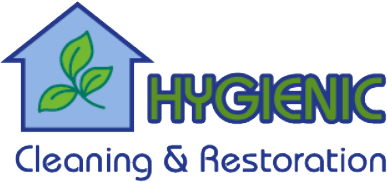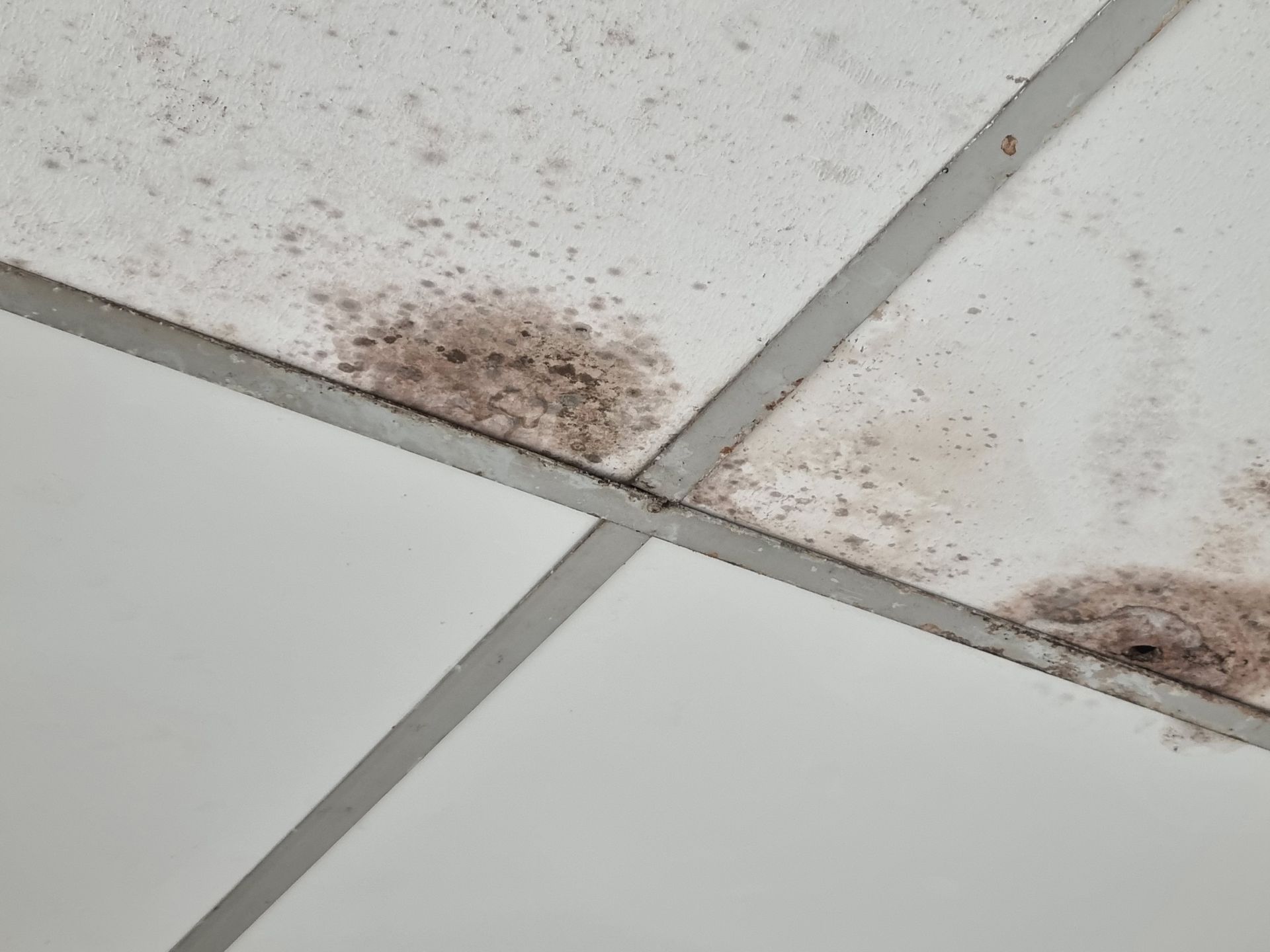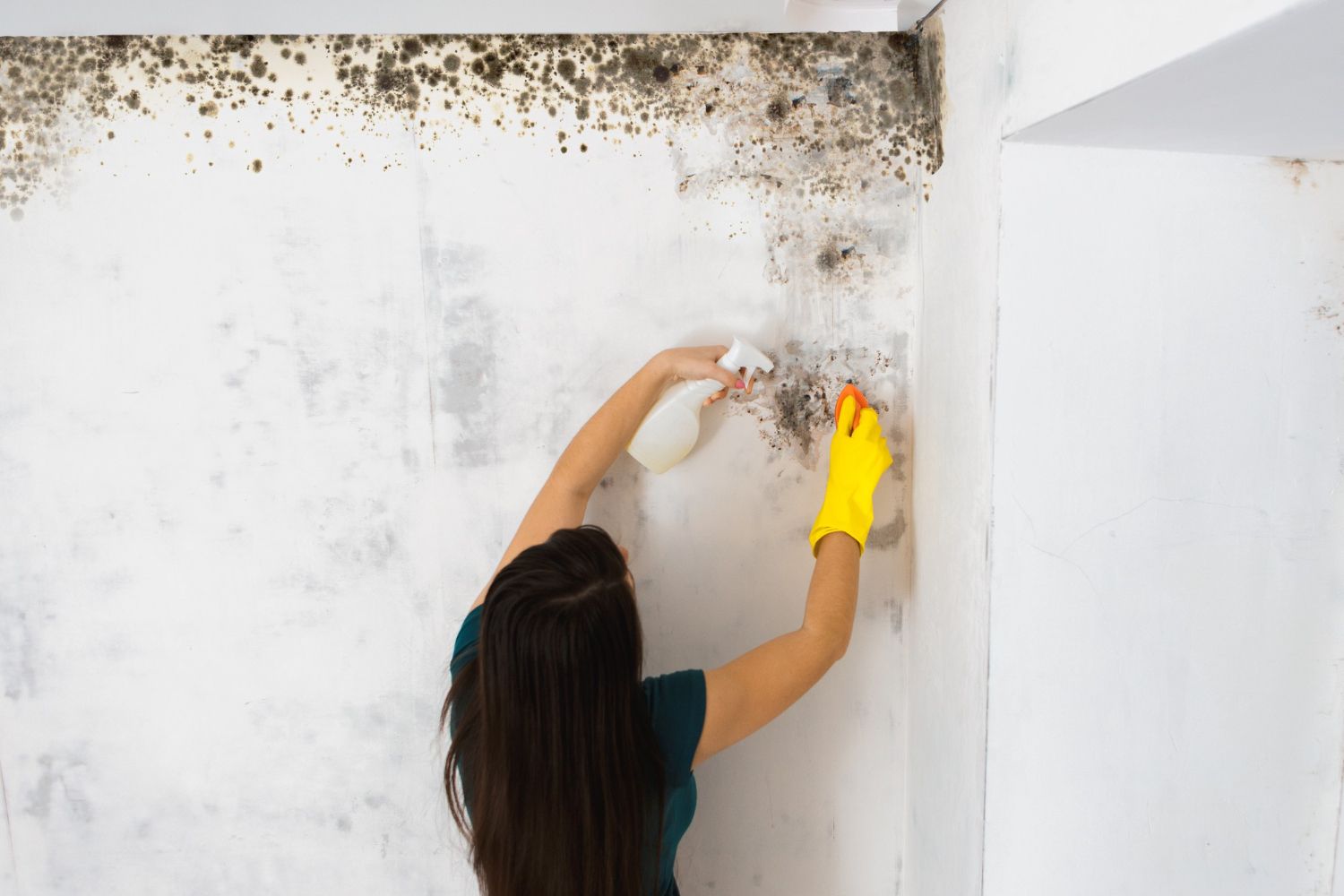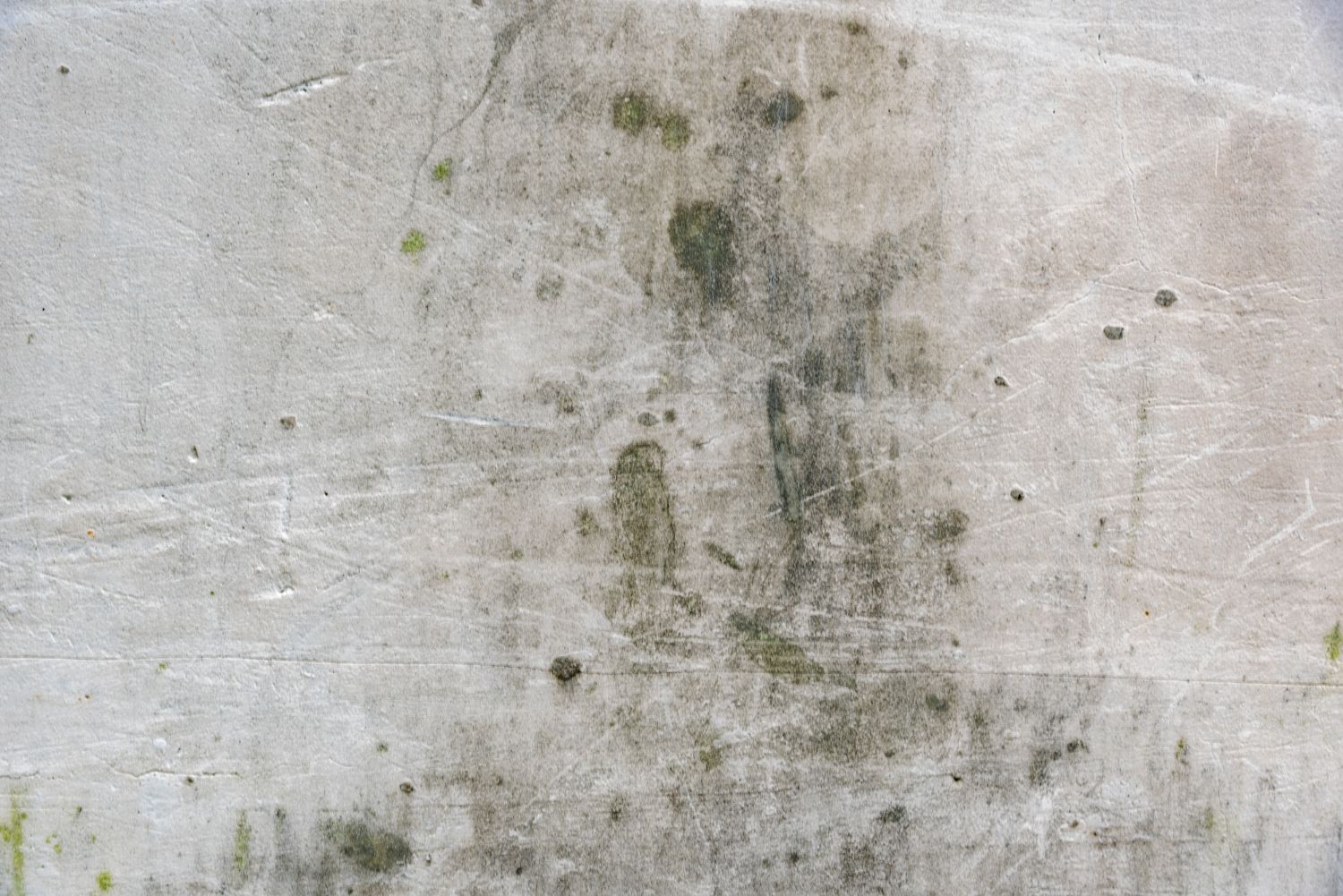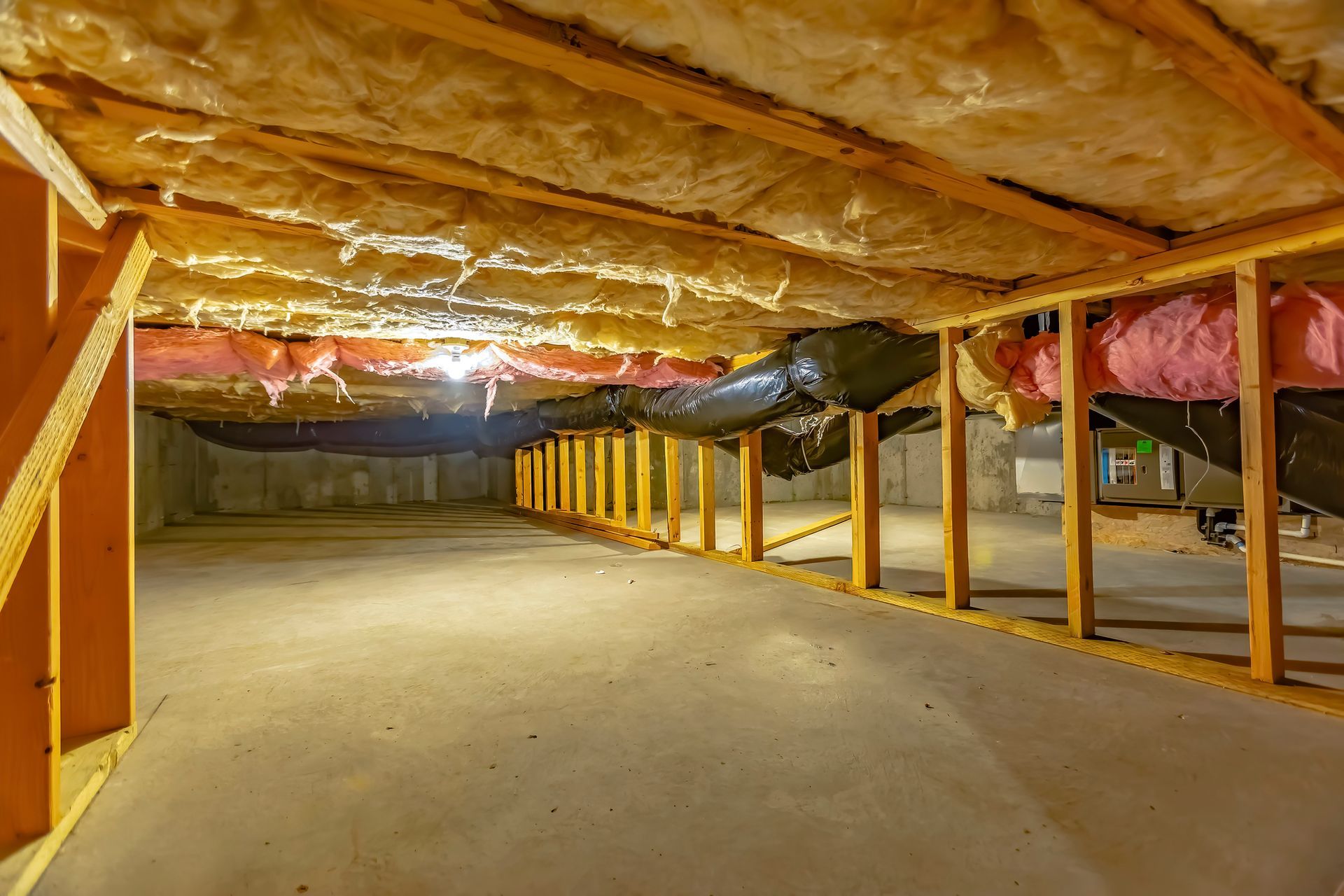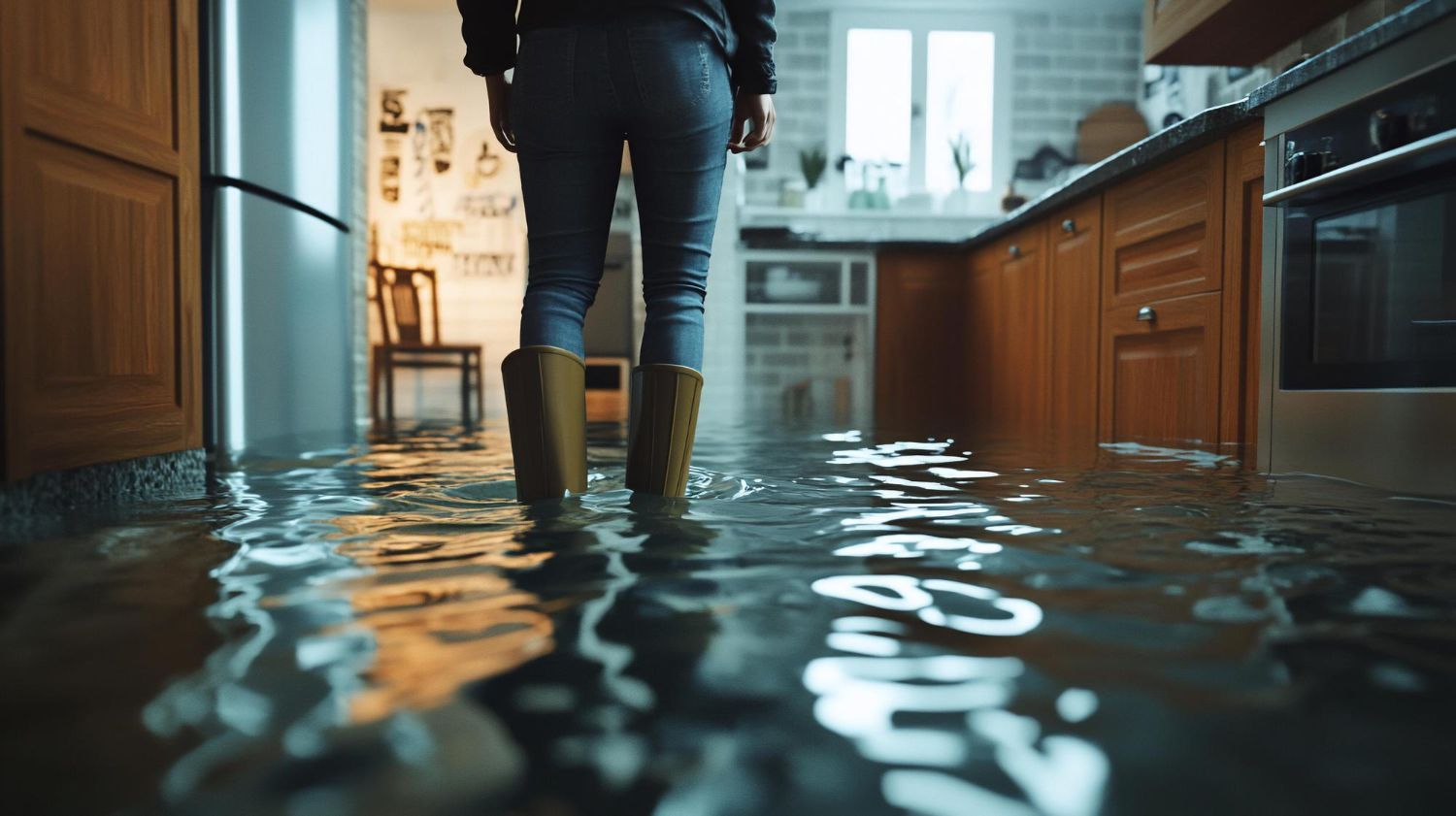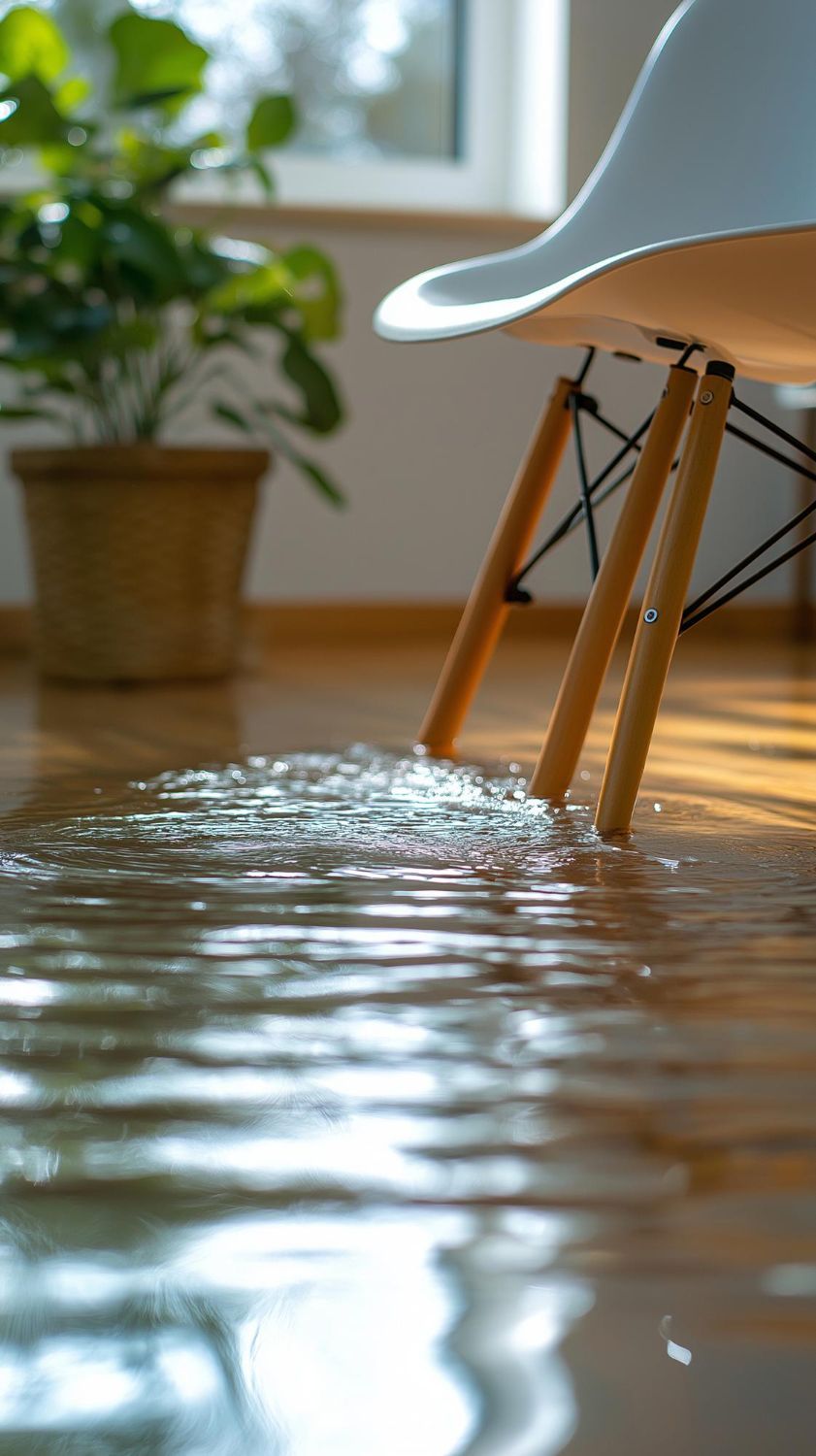Does Mold Weaken Wood and Concrete? Understanding the Risks
Does Mold Weaken Wood and Concrete? Understanding the Risks -Suffolk County, NY
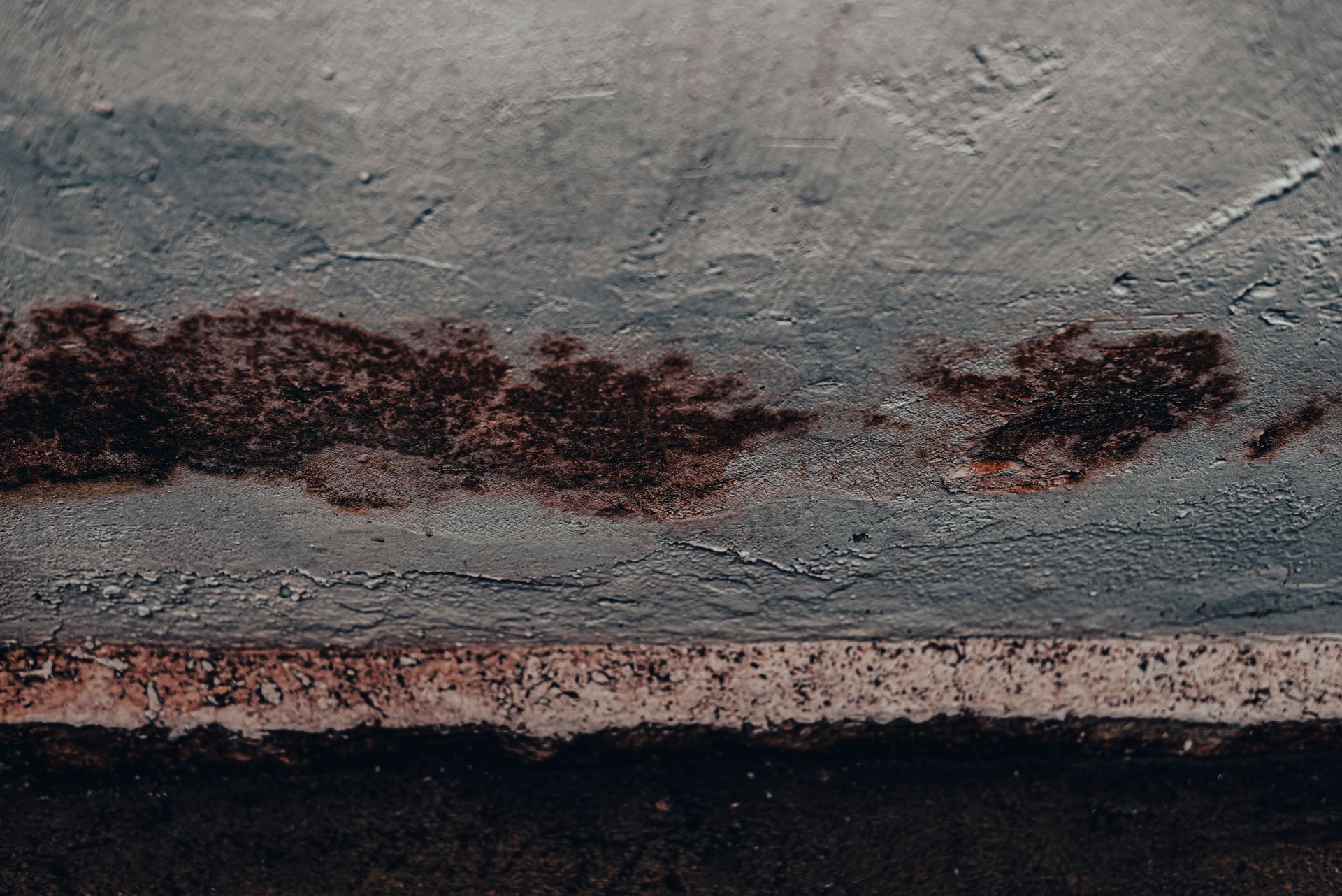
Mold is often seen as just a cosmetic issue, but when it spreads on wood and concrete, it can cause serious structural problems. At Hygienic Cleaning and Restoration, serving Suffolk County, NY, we understand the long-term risks of mold damage and how to prevent it from compromising your home’s integrity.
How Does Mold Affect Wood?
Wood is one of the most vulnerable materials to mold damage. When mold grows on wood, it feeds on its organic components, gradually weakening its structure.
Signs That Mold is Damaging Wood:
- Soft or crumbling texture – Mold breaks down cellulose in wood, making it weak and spongy.
- Discoloration – Dark green, black, or white patches on wooden beams, floors, or furniture.
- Warping or cracking – Prolonged mold exposure can cause wood to bend, twist, or break.
Risks of Mold on Wood:
- Compromised structural integrity – Beams, flooring, and support structures may weaken over time.
- Health hazards – Mold-infested wood releases spores that trigger allergies and respiratory issues.
- Increased repair costs – Severe mold damage may require wood replacement instead of simple cleaning.
How to Protect Wood from Mold Damage:
- Keep humidity levels low with dehumidifiers and ventilation.
- Seal exposed wood with moisture-resistant coatings or paints.
- Address leaks immediately to prevent moisture buildup.
- Remove mold-affected wood promptly to prevent further spread.
Does Mold Damage Concrete?
Unlike wood, concrete is not an organic material, meaning mold does not eat away at it. However, mold can still cause significant problems when it grows on concrete surfaces.
How Mold Affects Concrete:
- Surface Deterioration – Mold growth can trap moisture in porous concrete, leading to cracks and erosion over time.
- Weakened Foundation – If mold-related moisture penetrates deep into concrete foundations, it can cause structural instability.
- Staining and Cosmetic Damage – Mold leaves dark spots and streaks on concrete, which can be difficult to remove.
How to Prevent Mold on Concrete:
- Apply a waterproof sealant to concrete surfaces.
- Improve drainage around your foundation to prevent water from pooling.
- Use anti-mold treatments when cleaning concrete surfaces.
- Control indoor humidity to prevent moisture from accumulating.
Can Mold Be Removed from Wood and Concrete?
Yes, but the method depends on the severity of the infestation.
Removing Mold from Wood:
- Surface mold – Clean with a mixture of vinegar and baking soda or a commercial mold remover.
- Deep mold damage – If wood is soft, warped, or crumbling, replacement may be necessary.
Removing Mold from Concrete:
- Scrub with a stiff brush using a solution of water and detergent or diluted bleach.
- Dry thoroughly to prevent regrowth.
- Apply mold-resistant treatments to prevent future issues.
If you’re dealing with mold on wood or concrete, professional remediation is the safest way to ensure a thorough cleanup. At Hygienic Cleaning and Restoration, we provide expert mold removal, moisture control, and structural repairs in Suffolk County, NY.
Protect Your Home from Mold Damage Today
Mold can weaken wood, damage concrete, and create an unhealthy indoor environment. If you suspect mold growth in your home, don’t wait until the damage worsens. Contact Hygienic Cleaning and Restoration for professional mold inspection and remediation services in Suffolk County, NY.
Call us today for a consultation and let us help you restore your home safely and effectively.
